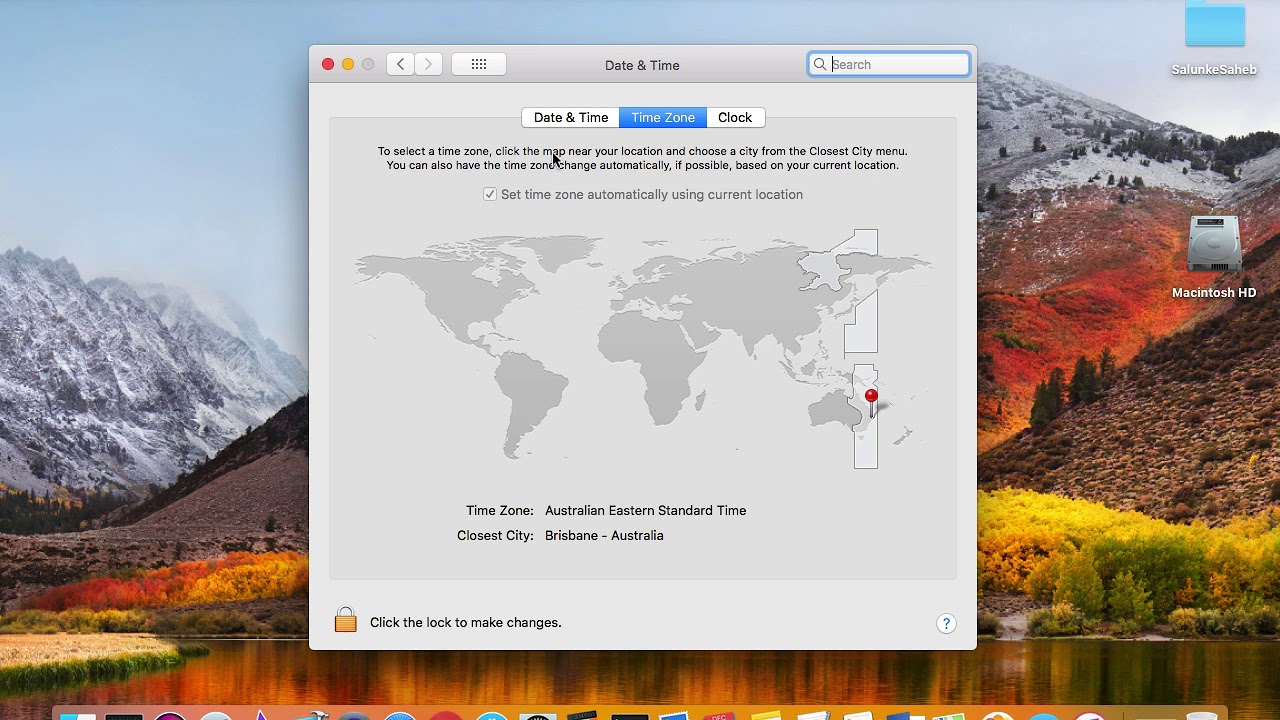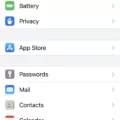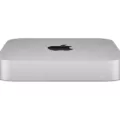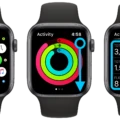Are you having trouble setting the time zone on your Mac? If so, you’ve come to the right place. We’re going to walk you through the process of how to set the time zone on your Mac so that it’s always accurate and you don’t have any issues.
First, let’s make sure that “Time zone and system customization” is turned on. To do this, open Date & Time settings and make sure that both the option to set time and date automatically, as well as the option to set time zone automatically, are checked.
If macOS still displays a message prompting you to turn on Location Services even after turning these settings on, then simply untick and re-tick the Set time zone automatically box should resolve the issue.
Now that we’ve made sure that Location Services is enabled, it’s time to actually change your Mac’s time zone to UTC (Coordinated Universal Time). To do this, choose the Apple Menu | System Preferences… then select the Date & Time icon. From there select Time Zone and then choose UTC from the list of available options.
Once that’s done, you’re all set! Your Mac should now be displaying UTC as its default time zone and will keep itself up-to-date with any changes in daylight savings or other local times throughout the year.

Troubleshooting Mac Time Zone Issues
It’s possible that your Mac is not changing time zones because the setting to automatically set the date and time, as well as the setting to automatically set the time zone, are not enabled. To check if these settings are enabled, open Date & Time in System Preferences and make sure both options are selected. Additionally, if you’re using macOS Mojave or later, you’ll need to make sure that “Time zone and system customization” is also turned on. Once all of these settings have been enabled, your Mac should automatically change time zones when you travel.
Understanding Why Your Mac Displays the Wrong Time Zone
Your Mac may think you’re in a different time zone because Location Services are enabled and it is attempting to determine your current location based on your IP address. If you have recently moved to a new location, or if your IP address has been assigned to a different geographic location, then this could cause the issue. Additionally, if Location Services are set to automatically detect the current time zone, then it may be incorrectly detecting the wrong one. To resolve this issue, you can go to System Preferences > Date & Time and ensure that the option for ‘Set time zone automatically using current location’ is unchecked. You can also manually select the correct time zone from the drop-down menu.
Changing Mac Time to UTC
To change your Mac’s time to UTC, open the Apple Menu and select System Preferences. In the window that appears, click the Date & Time icon. On the resulting page, click the Time Zone tab. From the drop-down menu, select Coordinated Universal Time (UTC) and then click Done. Your Mac will now be set to UTC time.
Troubleshooting Mac’s Inability to Determine Current Location
The most likely reason why your Mac is unable to determine your current location is that Location Services are not enabled on your Mac. Location Services uses GPS, cellular networks, Bluetooth, and Wi-Fi hotspots to determine the approximate location of your Mac. If Location Services is not enabled, then your apps cannot obtain the necessary data to accurately pinpoint your location. To enable Location Services on your Mac, you will need to go into System Preferences > Security & Privacy > Privacy > Location Services and then check the box next to “Enable Location Services”. Once this is done, your apps should be able to determine your current location.
Fixing Automatic Time Zones
To fix automatic time zones, open your phone’s Clock app. Tap More and then Settings. From there, you can select your Home Time Zone and also turn on the option to Automatically Update your Time Zone. This will ensure that your time zone is always up to date according to your current location. If you want to manually set the time zone, you can also do this by tapping Change Date & Time and selecting the appropriate time zone from the list.
Troubleshooting Incorrect Location Detection on Macbook Pro
Your Macbook Pro may be thinking you’re in a different city for a few reasons. First, you may be connected to a virtual private network (VPN), which changes your IP address and therefore your location. Second, you may have enabled Location Services, which uses nearby Wi-Fi networks and cell towers to determine your approximate location. Finally, the location could be incorrect if you’re connecting to a different network than the one you normally use. To ensure that your Macbook Pro is accurately detecting your current location, try disabling Location Services or disconnecting from the VPN.
Refreshing Location on Mac
Refreshing your location on Mac is a simple process. First, open System Preferences and click on Security & Privacy. Then, click on the Privacy tab, followed by Location Services in the left-hand sidebar. You will then be able to see a list of applications that have requested access to your location data. To refresh your location, click on the padlock icon in the bottom left corner of the window and enter your system password when prompted. Once unlocked, you can select “Allow Location Access” at the top of the window, then choose either “Allow Once” or “Allow While Using App”. Finally, click on the “Current Location” button next to each application to update its location information with your current coordinates.
Conclusion
In conclusion, it is important to ensure your Mac is properly set up to use the correct time zone, date, and time settings. This can be done by turning on Time Zone and System Customization, enabling Set Time and Date Automatically, and Set Time Zone Automatically within the Date & Time settings. Additionally, Location Services must also be enabled in order for certain apps to determine your current location. With these simple steps, you can ensure your Mac has the correct time zone settings and keep it running smoothly.








